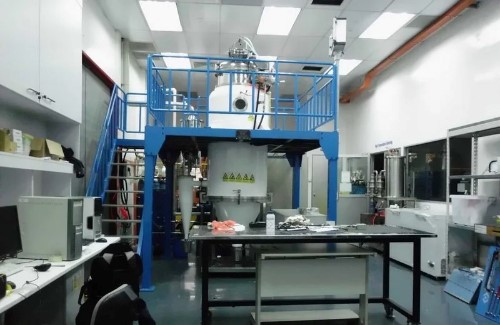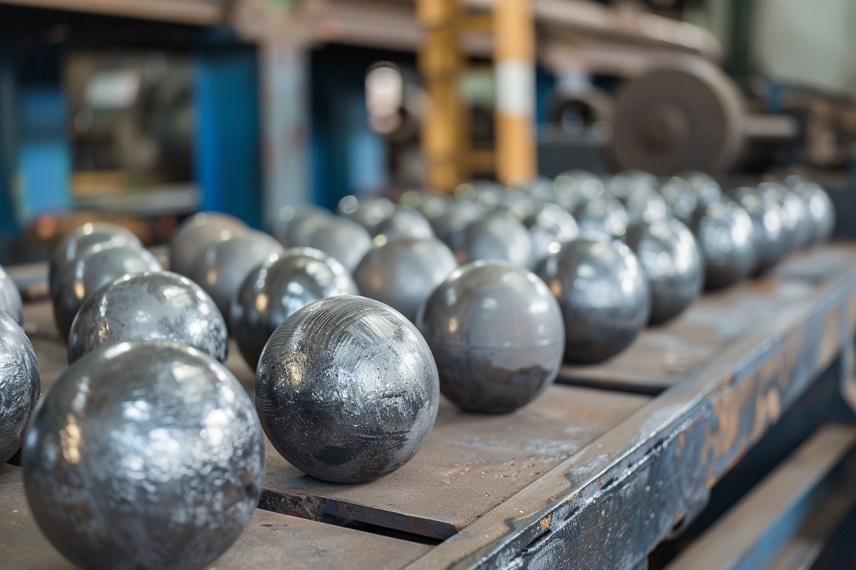The Substances With the Highest Melting Point
In 1930, Agte et al. proposed that tantalum-hafnium-carbon alloys had the highest melting point (4215 degrees C), which was later verified by Andrievskii et al. However, it is still mentioned in the literature that tantalum carbide had the highest melting point, and the specific melting point values of these compounds are also different from those in the literature.

Andrievskii et al. believed that the high melting point of Tantalum-Hafnium carbon alloy was caused by the change of chemical composition during the experiment. Hafnium only enhances the evaporation of carbon so that its melting point can be compared with that of tantalum carbide (with the evaporation of carbon, the stoichiometry of each component is close to that of tantalum carbide), and the high melting point of tantalum carbide comes from the formation of stable metallic sublattice structure.
Lavrentyev et al. believed that the high melting point of Ta-Hf-C solid solution was due to the strengthening of chemical bonding between HfC and Ta C. Osama et al. also mentioned this explanation in the literature, and according to the research conclusions in the literature, it is proposed that HfC and TaC can form a homogeneous single-phase cubic crystal structure, which improves the structural stability.
Differences in melting point values may be due to unavoidable changes in composition and structure of compounds during high-temperature melting point measurements, and to the lack of measurements.
Hafnium alloy contains hafnium, which has the most melting point in the world. The substance with the highest known melting point is the compound hafnium: Ta4HfC5, its melting point is 4215 degrees Celsius.
Tantalum carbide has the highest melting point (3983 degrees C) if it is a binary compound, but hafnium carbide is also one of the alloys with the highest melting point (3928 degrees C). Ta-Hf carbon alloys are the substances with the highest melting point is known compounds. The Encyclopedia Britannica once included this conclusion, but later changed it to one of the substances with the highest melting point.

Hafnium is resistant to high temperature and corrosion, and has the large thermal neutron capture cross-section. It can be used as a control rod and protective device of the nuclear reactor and is an indispensable raw material for the nuclear industry. In the atomic energy industry, hafnium can be used as a neutron control rod or a protective device.









